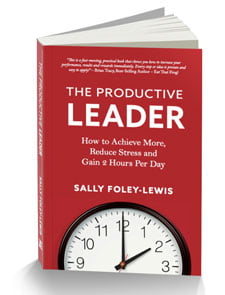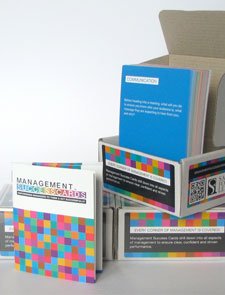New work arrangements and productivity
In Australia this week we’ve had a spike in COVID cases and as I was chatting with a few people online about this I noticed some comments were, “here we go again!”. We are months and months into this pandemic, and organisations have already got their pandemic management groups up and operating making sure that the physical, and psychological, safety is taken care of. So, as we here in Australia, prepare ourselves for potentially a new blip of lockdowns or increased restrictions now, after having some experience of this, the conversations I’m having are refocusing on embedding a new approach to productivity.
Work arrangements that are no longer straight forward but rather complex based on a hybrid arrangement leave many leaders wondering about productivity.
Culture and communication inform productivity. When the culture of a team is positive, people are engaged, and engaged people are productive.
According to Bain & Company, who measure employee engagement …
- Engaged employees contribute 20% more revenue than less engaged employees
- Satisfied employees are 40% more productive than non-satisfied
- Engaged employees are 44% more productive than their satisfied peers
Workers located in different places can be a new experience for some and as such it’s critical to ensure everyone is included. Employees who a further away from their boss, the epicentre of decision making, will feel less connected to the team. The power of proximity can impact the whole team:
- For those who are in the office with you may feel their work is more because they are where the decisions are made and they have easier access to you, the boss.
- For those who are remote, they can quickly feel alone because they are on their own and they may feel like they have to remind you and the rest of the team they are still part of the team.

You can help the team establish new norms for a conducive and productive hybrid culture. Ask these four questions:
- What’s been the most collaborative experience you’ve had in each of our communication channels that we use as a team?
- Based on these positive experiences, what norms or agreements do we want to keep or create for each channel? What are the realistic expectations around message length and response time?
- What’s been the most collaborative experience you’ve had since our change in work arrangements? What can we learn, acknowledge, and leverage from this experience?
- As we transition to hybrid work, or as we undergo period changes to our work arrangements, how will we continue to include our remote employees and avoid proximity biases?
Let me know how you get on.




